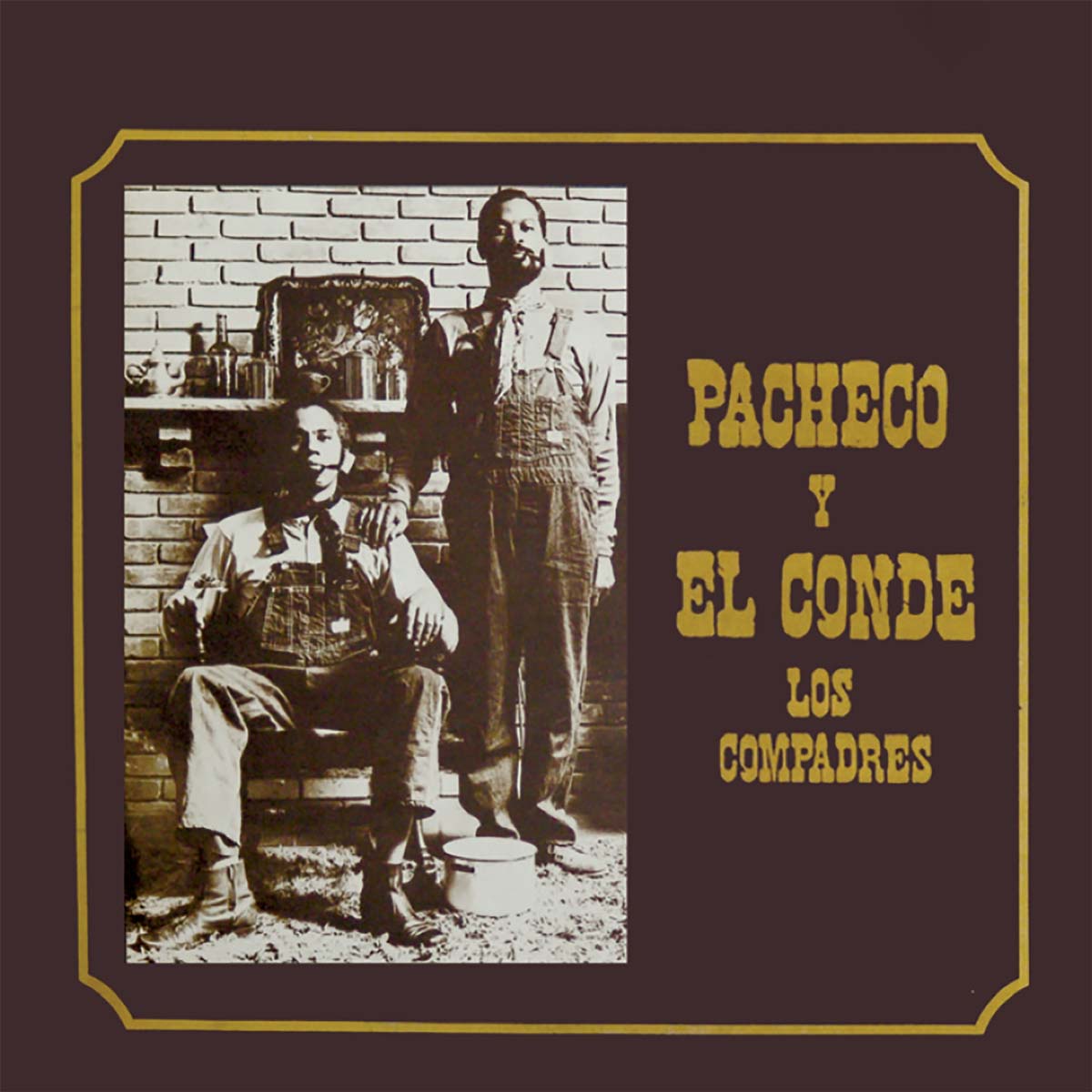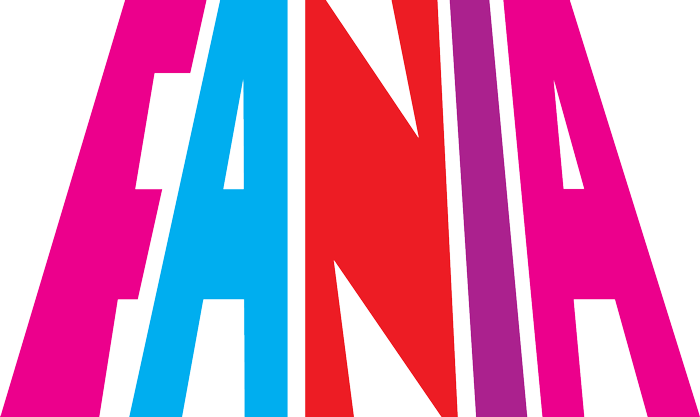
Though born in the Dominican Republic in 1935, the multi-talented Johnny Pacheco admits that he hates the island’s native merengue with a passion. In fact, it was the music he heard on Cuban radio by the likes of Arcaño y sus Maravillas, Arsenio Rodríguez and Chappottín, that he fixated on at an early age. And despite such passing fads like as boogaloo and salsa romántica, it has been hishis passion for typical Cuban music that hasis what defined the course of his musical career, which spanned spanning seven decades.
He Pacheo was 11 years of age when his family relocated to the Bronx, New York, and not unexpectedlyso it was no coinciden that, his initial gigs in New York were with merengue bands. He later spurned a career in engineering when he discovered that working as a musician could be more lucrative. Starting as a percussionist, he worked with such prestigious names as Tito Puente, Pérez Prado and Stan Kenton.
Pacheco Johnny was both conguero and bongosero with the Latin jazz- oriented Charlie Palmieri Quartet in the late 19’50’s when the impact of Cuban José Fajardo’s flute and fiddles-led charanga band on New York’s Latino community inspired Charlie Palmieri to launch his Charanga “La Duboney” with Johnny Pacheco on flute. After one album together, Johnny and CharliePacheco and Palmieri developed professional differences, and Johnny Pacheco split to lead his own charanga. Pacheco y Ssu Charanga became the most popular band of the 1960-1964 pachanga / charanga craze and made the band recorded five albums on Al Santiago’s Alegre label. The charanga fad began to run out of steam by the mid-19’60’s, due, in part, to theplus the Cuban revolution, which starved New York of a supply of musicians, particularly violinists, who could perform this e style of popular Cuban dance music.
Ever the pragmatist, Johnny Pacheco also had a conjunto (small musical group) with horns on the side. Johnny Pacheco befriended Italian-American lawyer Jerry Masucci, and from humble beginnings, they founded what would become the mighty Fania Records empire. Johnny’s Pacheco’s pure Cuban conjunto of vocals, trumpets and rhythm section, named Nuevo Tumbao (New Rhythm), kicked off the label’s vast catalogue in 1964 with the album Cañonazo. Besides his work on numerous other historical projects, Johnny’s, Pacheco’s Nuevo Tumbao clockedchalked-up eight albums over the next nine years.
Apart from a brief hiatus in the mid-19’60’s, Nuevo Tumbao’s principal singer since Cañonazo had been Pete “El Conde” Rodríguez, who launched a solo career in 1974. Johnny Pacheco bought in the smoky voice of Havana-born Héctor Casanova for the 1975’s El Maestro, on whichat which time the group was reborn renamed as Tumbao Añejo (Aged Rhythm). Héctor,Casanova, whose voice has a similar timbre to Rodríguez’sPete’s, was criticizsed for imitating his predecessor. Previously he sang on the excellent En Una Nota! (1974 on Inca) by Monguito Santamaría, Mongo Santamaría’s son.
Detractors of Pacheco criticizsed him for copying the great Cuban musical institution La Sonora Matancera. Though there is substance to this, his “new” matancerized sound, executed with aplomb and verve, was a triumph. On the Grammy-nominated El Maestro he shamelessly covers three numbers from La Sonora’s extensive repertoire: “El Chivo”, “Las Muchachas”, written by the great Dominican-born, but Venezuelan-based bandleader Billo Frómeta, and “Mango Mangüee”, a classic penned by Cuban Francisco Fellove. The versatile Casanova does justice to the classic Beny Moré bolero “Hoy Como Ayer” written by Pedro Vega.
The jewel of the album is “Guaguancó Pa’lL Que Sabe”, written by composer and arranger Felipe Yánez, to whom the album is dedicated. This was also the biggest hit of the set, featuring an elegant piano solo from Papo Lucca, who takes another solo on Johnny’s Pacheco’s composition “Yo No Parlevu France”. A majestic solo from tres guitarist Charlie Rodríguez distinguishes another highlight, “El Faisán”.
Casanova recorded an additional further two albums with Johnny Pacheco before going solo at the beginning of the 1980’s. In addition to making four solo albums between 1980 and 1998, he has sung lead vocals on albums by Africando, the Cuban Masters, Son 80’s and Los Soneros de Oriente. After releasing a series of albums on which he teamed up with veteran singers like Angel Luis Silva “Melón”, Daniel Santos, Celio González and Rolando La Serie, Johnny Pacheco reunited with El Conde to make four more albums for Fania between 1983 and 1989, including the Grammy-nominated Salsobita (1987). Casanova guested was a guest on one track of Johnny’s Pacheco’s final Fania solo outing, Sima! (1993), and in 2004 he participated in Johnny’s Pacheco’s comeback album Entre Amigos on Bronco.
Vocals: Hector Casanova
Producer: Johnny Pacheco
Photography: Lee Marshall
Album Design: Ron Levine
Recording Studio: Good Vibrations Sound Studios
Written by John Child






